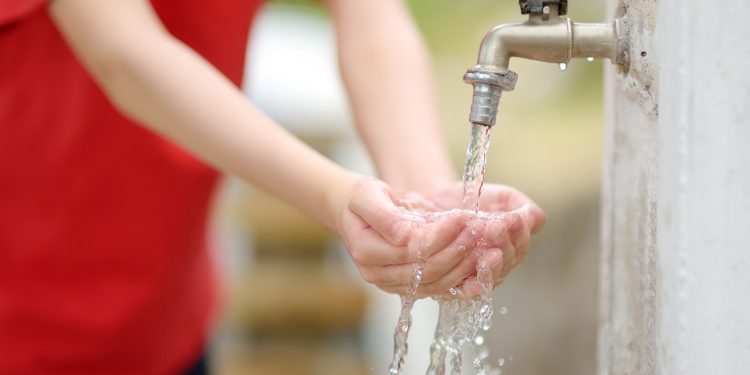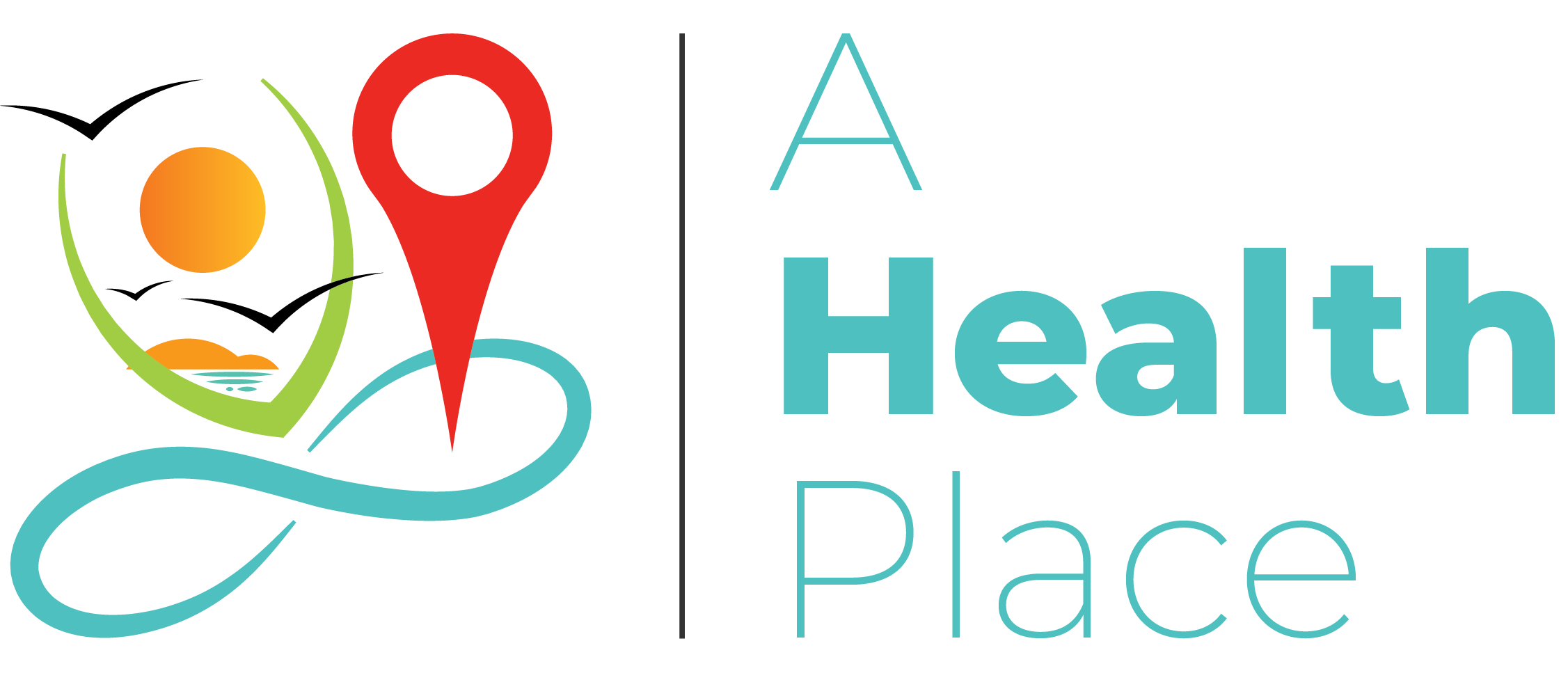Access to clean water and proper sanitation is essential for healthy living, yet it remains a challenge for many communities worldwide, including marginalized areas. While these basic needs are often taken for granted, their impact on public health, economic stability, and environmental sustainability is profound. Ensuring access to safe water and sanitation systems is not just a matter of convenience—it is vital for promoting healthier, thriving communities.
This blog explores the significance of clean water and sanitation, the challenges faced by underserved areas, and how individuals and organizations can contribute to addressing this critical issue.
1. The Importance of Clean Water and Sanitation
Clean water is often associated with modern infrastructure and advanced technologies. However, many rural and low-income communities face significant difficulties accessing safe drinking water and sanitation facilities. Issues like outdated plumbing systems and contamination crises highlight the urgent need for sustainable solutions.
Components of Clean Water and Sanitation:
- Safe Drinking Water: Ensures water is free from contaminants such as lead, pesticides, and harmful bacteria, providing safe hydration for communities.
- Reliable Wastewater Systems: Proper sewage treatment facilities prevent pollution and disease outbreaks caused by untreated wastewater.
- Community Access: Clean water should be accessible to everyone, regardless of socioeconomic status or geographic location.
2. Why Clean Water and Sanitation are Critical to Public Health
The absence of clean water and sanitation poses serious public health risks. Contaminated water leads to waterborne diseases, while inadequate sanitation systems negatively impact hygiene and living standards.
Public Health Benefits:
- Disease Prevention: Clean water reduces the risk of illnesses such as E. coli, hepatitis A, and diarrhea. Proper sanitation systems prevent the spread of bacteria and viruses that cause disease.
- Improved Hygiene Practices: Access to clean water and soap encourages handwashing, reducing respiratory and skin infections. Hygiene education, particularly in schools, fosters lifelong healthy habits among children.
- Health Equity: Communities without clean water suffer higher rates of illness and mortality. Ensuring equitable access to water and sanitation closes health disparities and uplifts underserved populations.
3. Economic Benefits of Water and Sanitation
Investing in water and sanitation infrastructure delivers significant economic advantages. These investments support local economies, reduce healthcare costs, and improve productivity.
Economic Benefits:
- Lower Healthcare Expenses: Treating waterborne illnesses costs families and healthcare providers billions annually. Preventative measures, such as water filtration systems, can significantly reduce these expenses.
- Boost to Local Economies: Communities with reliable water infrastructure attract businesses and create job opportunities, fostering economic growth.
- Educational Impact: Schools with clean water and sanitation facilities report higher attendance rates. Children are less likely to miss school due to water-related illnesses, which enhances their educational outcomes.
4. Environmental Sustainability and Clean Water
Preserving natural water sources is essential for public health and environmental sustainability. Pollution from untreated wastewater, agricultural runoff, and industrial activities poses significant risks to ecosystems and human health.
Environmental Considerations:
- Water Source Protection: Preventing contamination in rivers and groundwater ensures long-term access to clean water. Investing in wastewater treatment facilities helps reduce ecosystem pollution.
- Sustainable Practices: Efficient systems minimize water wastage, while green infrastructure, such as rain gardens and permeable pavements, protects urban water sources. Sustainable solutions help communities build resilience against environmental challenges.
Learn more about sustainable water practices at UN Water.
5. Challenges in Ensuring Clean Water Access
Despite progress in water and sanitation infrastructure, several challenges persist in underserved areas. Overcoming these obstacles requires significant investment and collaborative action.
Key Challenges:
- Aging Infrastructure: Many communities rely on outdated water systems prone to leaks and contamination. Repairing and upgrading infrastructure is costly but essential for ensuring safe water access.
- Rural and Low-Income Communities: These areas often lack the resources to maintain water systems, leaving residents vulnerable to unsafe water conditions. Additionally, low-income households may struggle to afford water bills or filtration systems.
- Environmental Risks: Natural disasters, such as hurricanes and floods, exacerbate water contamination. Climate change further intensifies droughts, reducing access to clean water.
6. Community Efforts and Initiatives
Addressing the challenges of clean water and sanitation requires collaboration among government agencies, nonprofits, corporations, and local communities. Many initiatives are making strides in improving access to water and sanitation for underserved populations.
Notable Initiatives:
- Government Programs: Programs like the Clean Water State Revolving Fund provide funding for infrastructure improvements. These funds help communities repair water systems and implement wastewater treatment facilities. The Environmental Protection Agency enforces water quality regulations to protect public health.
- Community-Led Projects: Local organizations partner with residents to install water filtration systems and repair infrastructure. These initiatives focus on providing sustainable and affordable solutions for underserved areas.
- Corporate and Nonprofit Support: Organizations such as charity: water and Water.org focus on bringing clean water solutions to marginalized communities. Their work is supported by grants, donations, and corporate sponsorships.
- Awareness Campaigns: Educational initiatives raise awareness about water conservation, hygiene, and sanitation, empowering communities to take ownership of their water resources.
7. How Individuals can Contribute
While systemic change requires collective efforts, individuals can also play an essential role in advocating for clean water and sanitation. Small actions can create significant impacts when practiced consistently.
Steps to Take:
- Conserve Water: Fix leaks, turn off taps, and use water-efficient appliances to minimize wastage.
- Advocate for Change: Support policies and initiatives that promote equitable access to clean water and sanitation. Advocate for improved water infrastructure and environmental protections in your community.
- Volunteer or Donate: Partner with organizations that work on clean water and sanitation projects. Donations can directly support underserved communities by funding filtration systems, wells, and other critical infrastructure.
- Raise Awareness: Educate friends, family, and community members about the importance of clean water. Use social media platforms to share information and inspire others to take action.
8. The Path to a Cleaner, Healthier Future
Clean water and proper sanitation are fundamental human rights that play a crucial role in fostering healthy, thriving communities. While significant progress has been made, challenges like aging infrastructure, environmental risks, and inequitable access still need to be addressed.
Moving Forward:
- Invest in Infrastructure: Continued investment in water and sanitation systems is essential for ensuring long-term access to safe water.
- Focus on Sustainability: Protecting natural water sources and adopting sustainable practices will help preserve water resources for future generations.
- Collaborate Across Sectors: Governments, nonprofits, and communities must work together to create scalable, impactful solutions that meet the needs of all populations.
By prioritizing clean water and sanitation infrastructure, protecting natural resources, and supporting community-driven initiatives, we can create a future where access to these basic needs is universal. Together, we can ensure that every individual has the opportunity to live a healthier and more equitable life.









